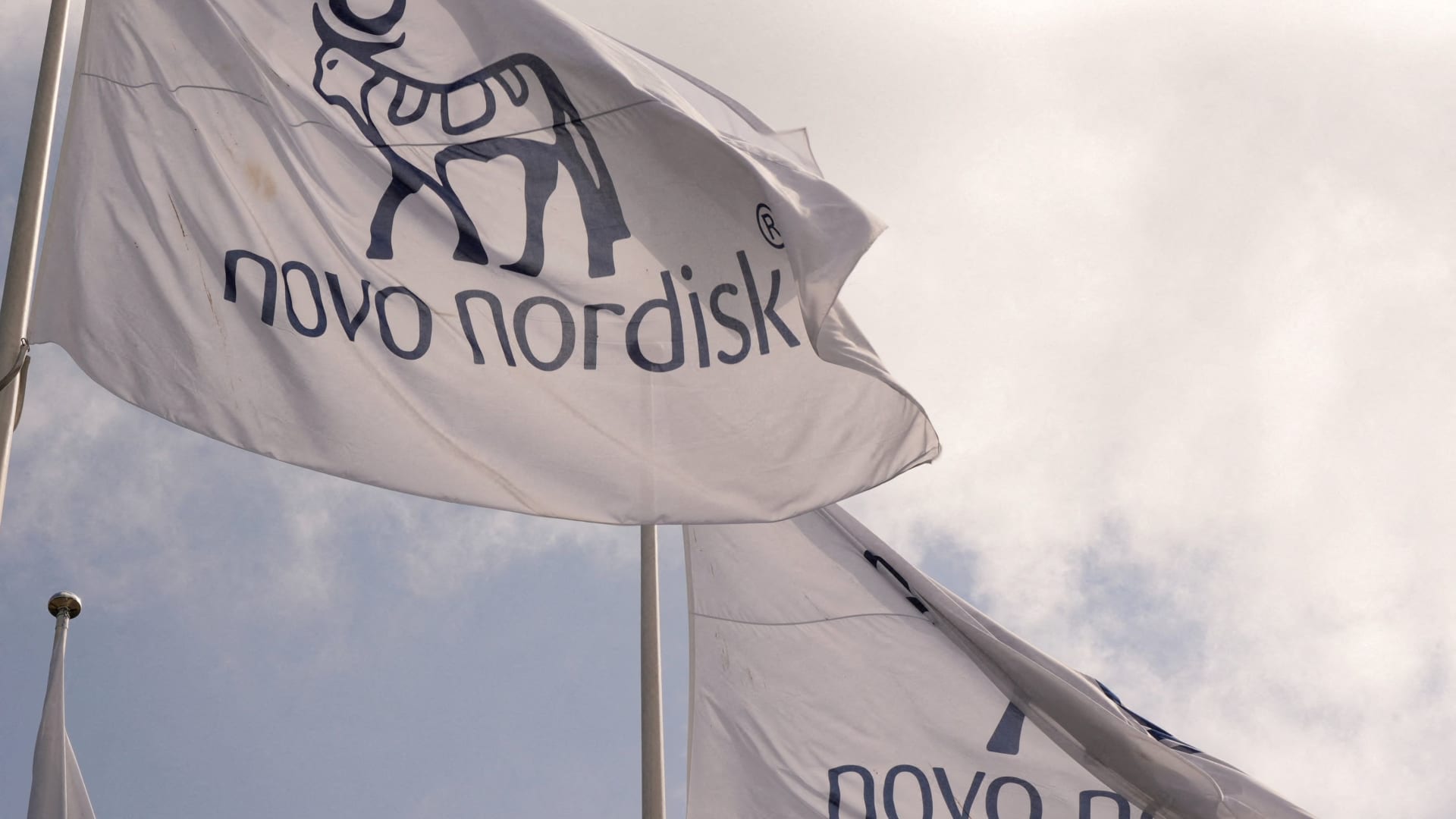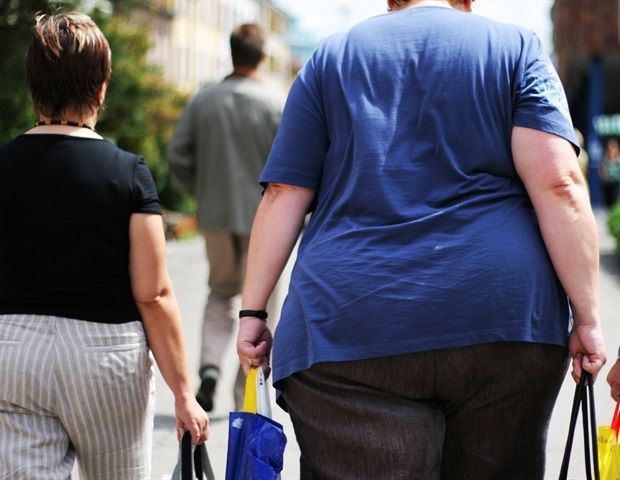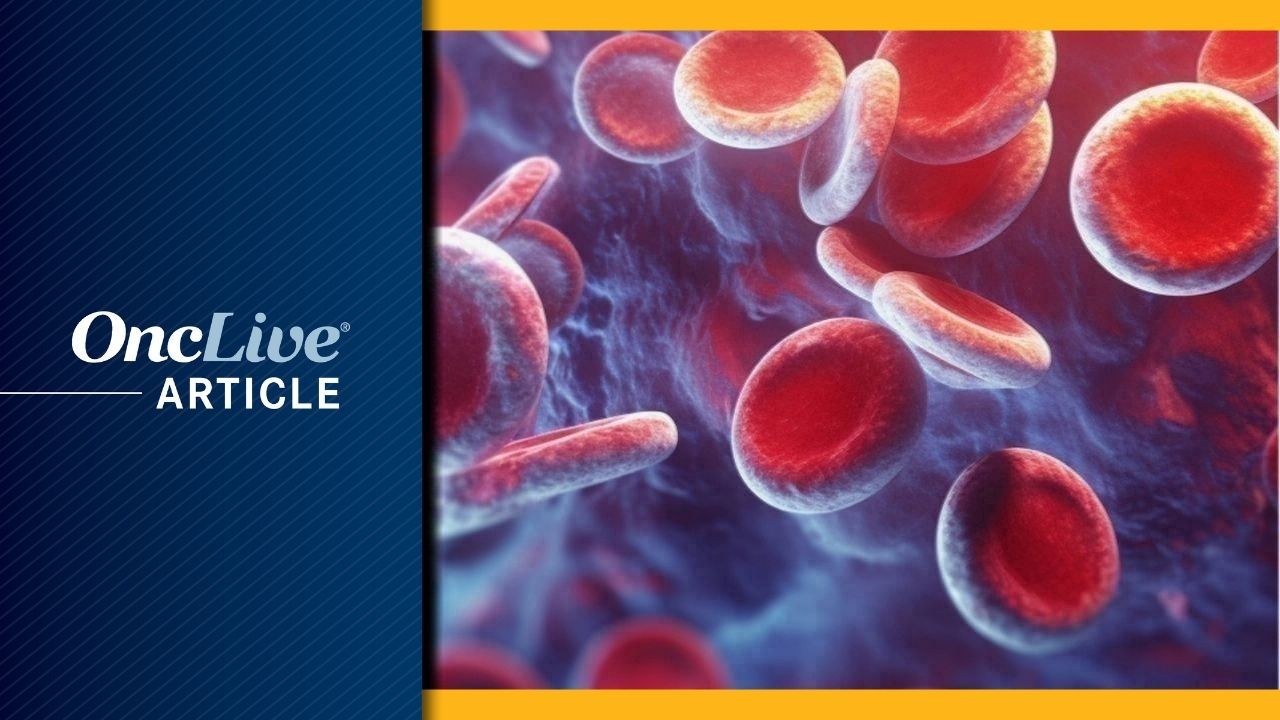Novo Nordisk flags flutter outside their office in Bagsvaerd, on the outskirts of Copenhagen, Denmark, July 14, 2025.
Tom Little | Reuters
A version of this article first appeared in CNBC’s Healthy Returns newsletter, which brings the latest health-care news straight to your inbox. Subscribe here to receive future editions.
A closely watched pill from Novo Nordisk just scored an approval for another use: slashing cardiovascular risks.
The step further confirms that highly popular GLP-1s, both oral and injectable versions, have other health benefits beyond regulating blood sugar and promoting weight loss.
The Food and Drug Administration on Friday cleared oral semaglutide for lowering the risk of major cardiovascular complications, such as heart attack, stroke or cardiovascular death in people with type 2 diabetes and who are at high risk of experiencing those events. In the late-stage SOUL trial, a 14-milligram dose of the pill reduced the risk of those complications by 14% at four years compared to a placebo.
Oral semaglutide, sold under the name Rybelsus for diabetes, has been on the market since 2019 and remains the only approved GLP-1 pill. Semaglutide is also the active ingredient in Novo Nordisk’s blockbuster obesity injection Ozempic and obesity treatment Wegovy, the latter of which is also approved for heart health in people with obesity and established cardiovascular disease.
“Having an oral GLP-1 therapy to help improve glycemic control was an innovation in and of itself,” said Dr. John Buse, director of the University of North Carolina School of Medicine Diabetes Care Center and steering committee co-chair of the SOUL trial, in a statement. “This new indication, based on the SOUL data, marks even further advancement and showcases the versatility of semaglutide while expanding options for millions of people.”
But all eyes are on another FDA decision that is slated to come by year-end: whether to approve oral semaglutide for obesity. Patients using blockbuster weight loss drugs are eager for a more convenient option that could ease the supply shortfalls and access hurdles created by the pricey weekly injections currently dominating it.
Oral semaglutide is slated to be the first-ever GLP-1 pill approved for the treatment of obesity, but a competitor from Eli Lilly called orforglipron is not too far behind it. In August, Eli Lilly CEO Dave Ricks said the company hopes to launch its pill globally “this time next year.”
Wall Street is watching to see which pill could win more market share, as they both have their own advantages. For example, in obesity trials, the efficacy of Eli Lilly’s pill appeared to come in slightly below that of Novo Nordisk’s oral semaglutide.
But while Novo Nordisk’s pill is a peptide medication, orforglipron is a small-molecule drug.
That means Eli Lilly’s pill is absorbed more easily in the body and doesn’t require dietary restrictions like Novo Nordisk’s does. Some analysts have also said that orforglipron will be easier to manufacture at scale, which is crucial as demand for obesity and diabetes injections outpaces supply.
Both Novo Nordisk and Eli Lilly are studying their pills in other areas. Novo Nordisk is examining oral semaglutide in patients with Alzheimer’s disease. Meanwhile, Eli Lilly is studying orforglipron in separate trials in patients with obstructive sleep apnea and hypertension.
We’ll be watching both pills closely, so stay tuned for our coverage.
Feel free to send any tips, suggestions, story ideas and data to Annika at a new email: annika.constantino@versantmedia.com.
Latest in health care: Mark Cuban gives Trump credit on drug prices, trashes PBMs and gets called out by one
Mark Cuban speaks onstage during the 2025 SXSW Conference and Festival at Hilton Austin on March 10, 2025 in Austin, Texas.
Julia Beverly | Wireimage | Getty Images
Mark Cuban says his startup Cost Plus Drugs will be one of the offerings on TrumpRx when the Trump administration’s new drug platform launches next year.
While the billionaire entrepreneur said he is still not a fan of the president, he gives him credit for trying to cut drug prices, and hopes the administration will go even further. Along with direct-to-consumer sales, Cuban hopes the government will require insurers to apply cash purchases for drugs toward patients’ deductibles.
I got a chance to sit down with Cuban at the HLTH conference in Las Vegas on Sunday for a wide-ranging conversation on drug prices. He co-founded Cost Plus three years ago as a shot across the bow at pharmacy benefit managers, or PBMs, and he’s still railing against the middlemen. He contends they’re “ripping you off” and driving drug costs higher.
Well, on Monday one of the big PBMs called out Cuban on his claims. CVS sent me a fact sheet comparing its TrueCost rebate pass-through PBM model for employers with Cost Plus prices. Among the examples, the generic cholesterol drug Atorvastatin costs about $6 on the CVS plan, and $10 on Cost Plus.
During a session on stage, CVS Health Chief Technology Officer Tilak Mandadi told me that Cuban’s claims about PBMs are “bulls–t,” pointing to savings on generic drugs that the company offers employers through TrueCost.
He and Chief Medical Officer Dr. Amy Compton-Phillips argued that PBM rebates are not driving increased drug costs, but rather it’s the drugmakers who set high prices on specialty and brand name drugs. What’s more, they told me, many of those same pharmaceutical companies use CVS’ PBM rebate services to try to rein in costs for their own employees.
What were the odds that things would get spicy in Vegas? You can bet that debate will continue beyond Sin City.
Here’s an edited version of my conversation with Mark Cuban.
Speaking of drug prices, could Novo Nordisk strike the next drug pricing deal?
Novo Nordisk U.S. President Dave Moore confirmed his company is “right now in active dialogue” with the Trump administration over so-called most favored nation pricing for its popular GLP-1 drugs Ozempic and Wegovy.
Last week, President Donald Trump said he’d like to get the cash price of Ozempic down to $150, while Centers for Medicare & Medicaid Administrator Dr. Mehmet Oz noted that nothing had been settled yet.
During a sitdown at HLTH, Moore would not provide any specifics on the pricing discussions with the administration on most-favored nation pricing or the Inflation Reduction Act Medicare price negotiations, which are just wrapping up this month. But he said the company wants to work with the administration to provide more access for patients.
“I think there’s some like mindedness from the president and the administration that we also want to make sure that our medicines are available,” Moore said, adding that he could see the company’s Novocare direct-to-consumer site being part of TrumpRx.
“If we can partner with that … I think it’s a really positive step forward,” he said.
Novocare Pharmacy, the direct sales platform that launched earlier this year, currently accounts for about 11% of the company’s Wegovy sales. Rival Eli Lilly’s direct-to-consumer site LillyDirect accounts for 35% of new sales of weight loss drug Zepbound. Having both on TrumpRx could raise the profile of the companies’ cash sales programs even more.
Those discussions are happening just as Novo Nordisk is ramping up its manufacturing facilities in North Carolina in anticipation of its Wegovy pill being approved by the FDA. Moore said the company is making sure it will be able to meet demand when the time comes.
Watch my conversation with Moore here.
Feel free to send any tips, suggestions, story ideas and data to Bertha at bertha.coombs@versantmedia.com.









